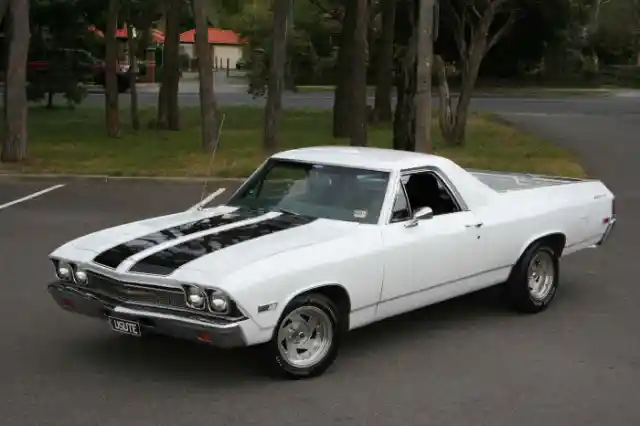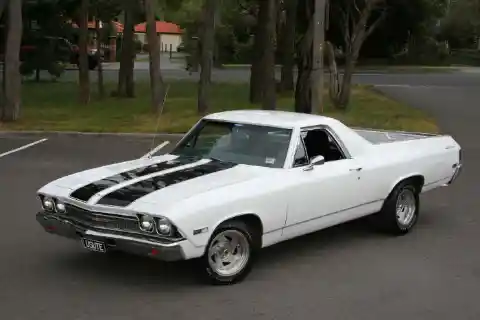Shimmering body, iconic looks and thrilling speed acumen are must for a car to feature among the chartbusters. But not all of these fancies on wheels manage to rule the hearts of car lovers. Many names evolve on the fore to mark them as disasters in the domain. And, the muscle car world has got many illustrations of that kind. Pursuing a meaty dream car, these brands ended up rendering some of the worst cars on the platform. Some of them had given undue attention to looks, while others had compromised on other bits. Shedding light on that side of the domain, here is the list of some of the pathetic muscle cars that make hearts sink with their mention.
1978 Ford Mustang King Cobra
It would not be an exaggeration to say that Ford has cemented its name with its much-celebrated Mustang editions. However, that claim crumbles with the mention of the 1978 Ford Mustang King Cobra. Whetting the muscle car domain with its iconic look, it ended up nurturing rancor on its performance. The Pinto-based entity lost its sheen with its poor engine performance. Adding to that, the oil crisis at the time also added to its fiddle to a great extent.
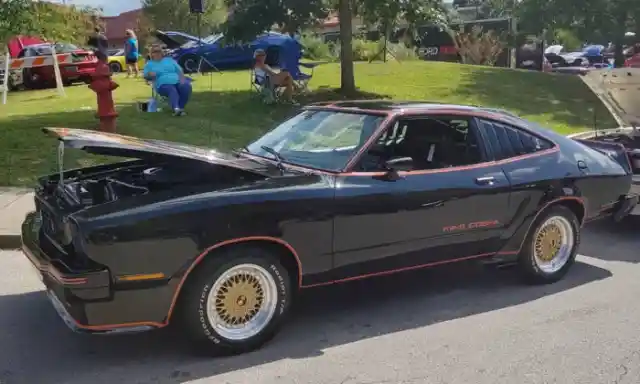

1976-80 Plymouth Volare Road Runner
Hoping to extend the iconic legacy of Road Runner, Plymouth took to the platform with the 1976-80 Plymouth Volare Road Runner. Concentrating its technical attention on its smoky red look, it ended up forsaking essential bits. The upgrades glistening its case brought more harm than good. The two V8 options could not churn more power than 170 HP, which was not in line with its size and weight. Further downgrades in its features and look added to its worsening case in the market over the years.
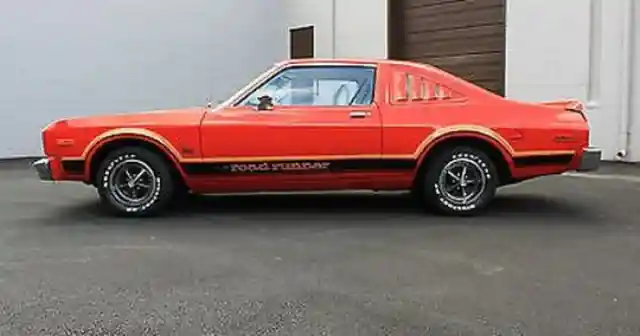
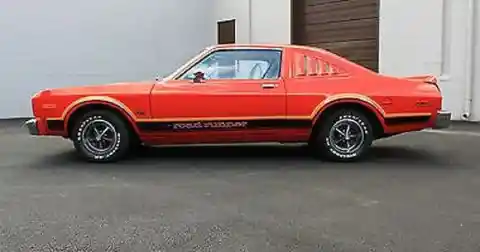
1970 Chevy Camaro
Adding more speed thrills to the Camaro, Chevy launched the much-awaited 1970 Chevy Camaro. Retaining its speed beats, it went ahead to gift the model with a better engine that could handle the cravings. However, it lost its fervor and muscle car charm. As a result, many car lovers began to view it through the prism of an ordinary car. With that treatment taking its toll, it ended up failing on its theme. Eventually, car lovers lost their interest and it faded from the bustling market scene.
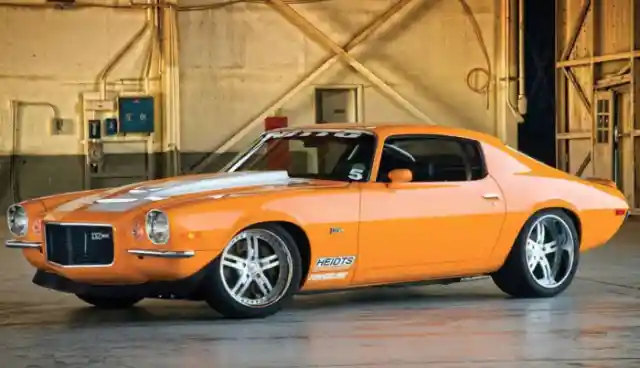

1978 AMC Gremlin GT
AMC has left car lovers baffling by producing a series of flop players. Among them, the 1978 AMC Gremlin GT carries its old-day bad name to this day. Unlike other muscle cars, it performed pathetically on various parameters. The rust-prone car irked car lovers for its exceptionally small size. Not just that, its high fuel consumption defied its size and performance. Its engine added another woe for its owners. Finally, its disastrous design and look put spoiled icing on the rotten cake.
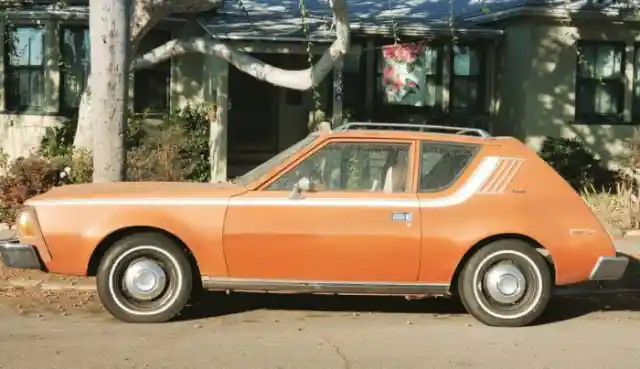
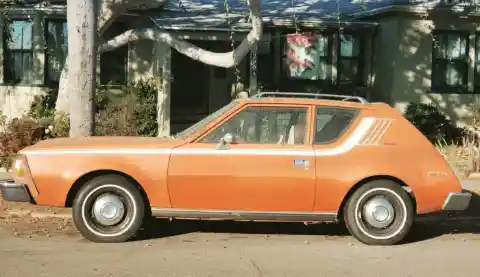
1980-85 Chevrolet Citation X-11
Chevrolet is no exception to the flunked muscle car domain for its 1980-85 Chevrolet Citation X-11. The brand offered it in two options four-speed overdrive or the three-speed automatic transmission. It lost its market because it broke loose on the quality and reliability parameters. Many complaints from its customers marred its reputation in the domain. Making up for flop show, it tried to palliate it by making up-gradations. But to its producers’ dismay, it failed and drove off.
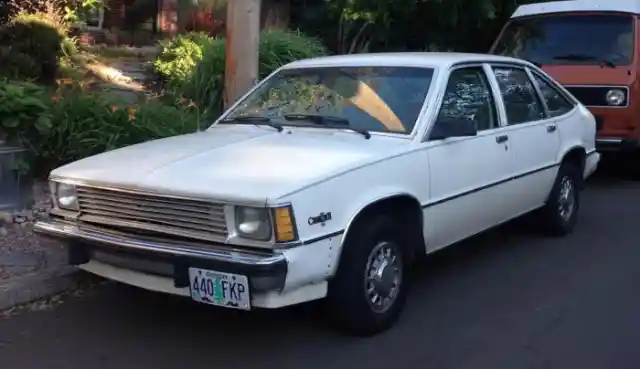

1980 Dodge Aspen R/T
Dodge had its bad phase with the 1980 Dodge Aspen R/T. It evolved as a competitor to Plymouth Volare Road Runner in the market. With the R/T and Super Coupe look, it looked forward to winning revelries. However, it failed to deliver the hopes of its producers and buyers with its rust-proneness. Apart from that, its brand had to recall the car many times that further shook the trust of the muscle car lovers. Like its other rivals, it got ahead with its update but could not win battles.
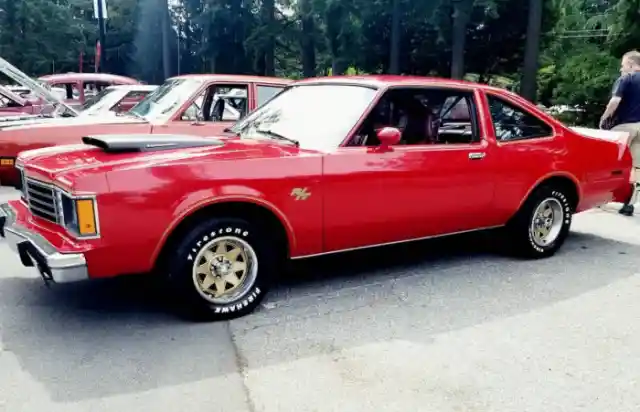

1980-81 Delorean Dmc-12
Pushing the failure narrative to another extent, we have 1980-81 Delorean Dmc-12. With angst ruling over its production and design, it plunged below and delivered a poor show. Its high price could not match up with its relatively low performance. The poor build quality got ahead to vitiate its case further. Not just that, it dismayed its owners with its low power output capacity. Hence, it could not strike the note on efficiency parameters. Owing to its egregious image, only 9000 units saw the light of the day until its end time.


1977 Pontiac Trans Am
Another name that stole the show only with its look is the 1977 Pontiac Trans Am. With its glistening sharp body, it looked forward to being a chartbuster. However, its classic pony build couldn’t pave way for its efficiency and easy handling for its owners. Adding to that, its price tag was very high and didn’t go in line with its poor features. It came with a maximum power of 180 horsepower and couldn’t retain its charm. Its upgrade possibilities also could not uplift it.
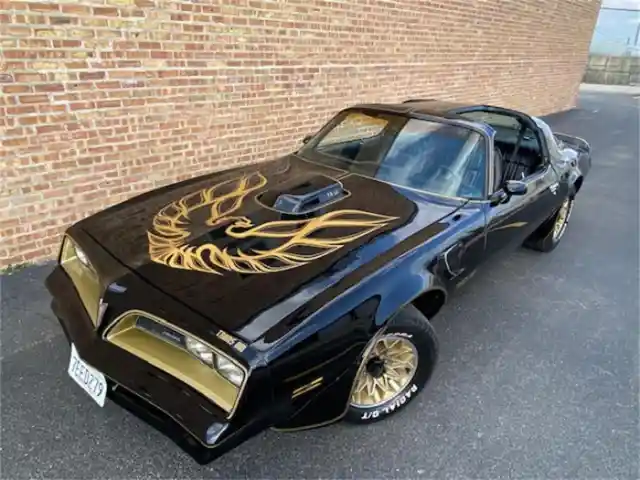
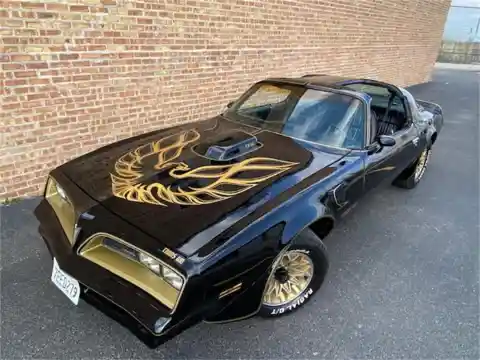
1980-81 Mercury Capri Turbo RS
Seeing lows and highs in its life, 1980-81 Mercury Capri Turbo RS manages to feature in the worst muscle car list. Its pony car look tried to create a space for it in the market. But then complaints about its stability and safety came from its rankled owners. With the trend continuing over a period, it ended up having a tarnished image for its weak reliability and safety promise. Fearing a complete breakdown in its market hold, the brand had to slash its price and revive its vitiating case.
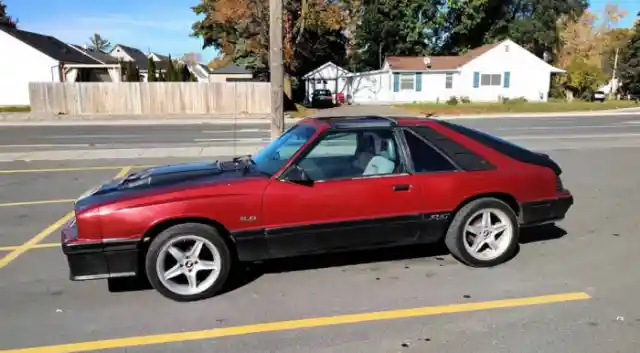
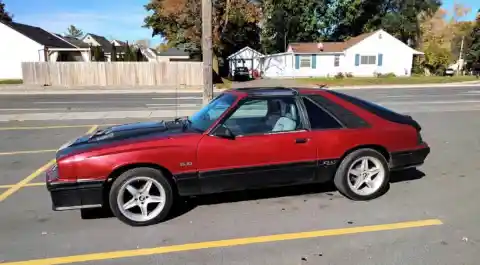
1980 Chevrolet Corvette California 305
Not only features but conditions surrounding cars also play an important role in determining their fame. This fact gets its validation when one looks at the case of the 1980 Chevrolet Corvette California 305. While it came with a smooth build to break the ice, it couldn’t strike a match with the preferences around. The emission norms and standards gave it another blow. Its originally-planned big engine got replaced by the smaller V8 engine. That contributed to cutting down its power capacity to 180 horsepower to a dismaying extent.
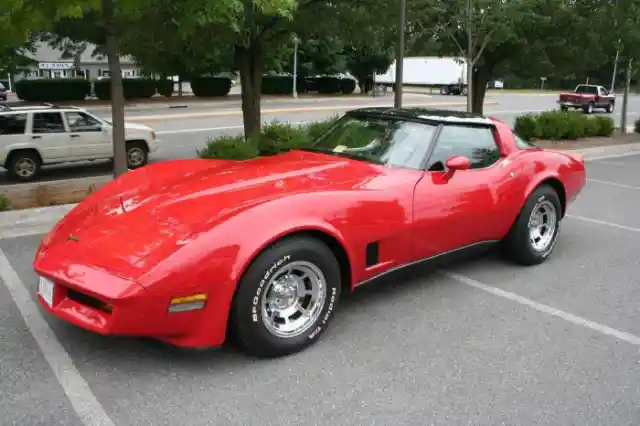

1971-1975 Ford Maverick Grabber
Giving way to affordability, 1971-1975 Ford Maverick Grabber quelled the performance-based facets. With its not so good performance, it stood as a V-8 coupe from Ford. Donning trim level, stripes and a blackout grille, it only churned out the muscle car feeling without supporting the power to perform and speed off. What added the worse to its case was the brand’s disinterest in delivering anything more than that. Thus, it was not a surprise to see it sliding down the car market charts.
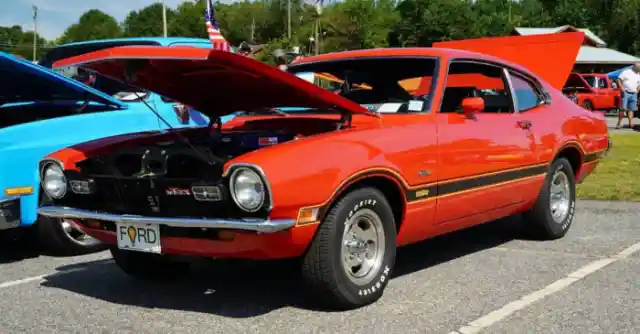
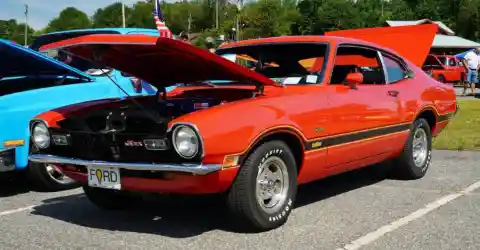
1968-70 Pontiac Tempest
Another failed run in the muscle car market was the 1968-70 Pontiac Tempest. After the decent show of its first generations, its producers tried to make it take the high line of performance and ended up shaping Tempest-disaster in the market. Donning a spunky look, its price stood out of the line with its performance. As a result, it saw bad reviews piling up to leave its producers in a fix. Giving in to its fiddle, they ended up halting its production. It got off with a dismaying experience.
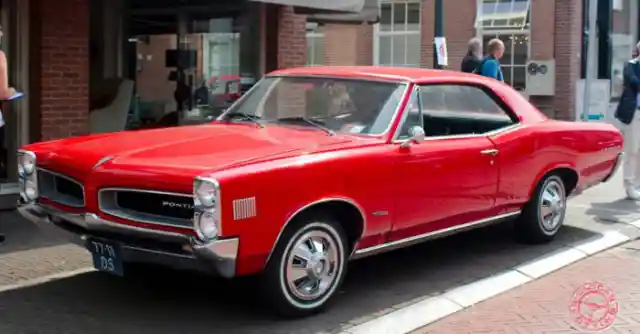
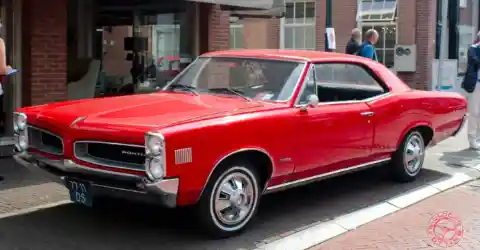
1978-80 Oldsmobile 442
Having a 4-barrel carburetor, 4-on-the-floor manual transmission, dual exhaust, the 1978-80 Oldsmobile 442 managed to win the preference of car lovers in its initial years. However, it began to lose its charm with more options flowing in the market. Having blind faith in its case, it kept on featuring in the market with its aeroback look, despite its flopping show. Not just that, its 5.0-L engine could not meet the expectations of speed thrillers in the domain.
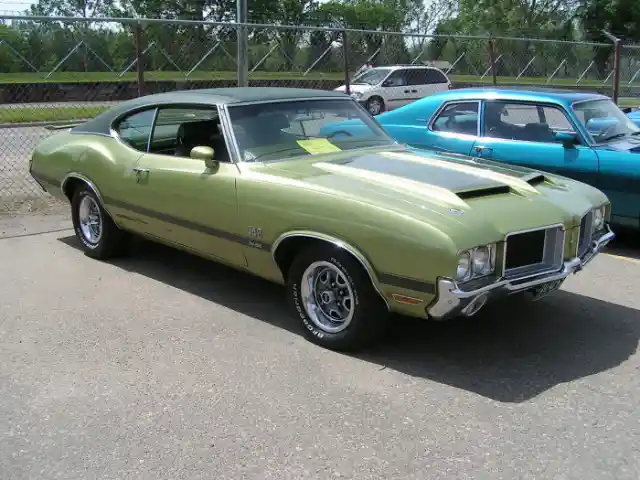
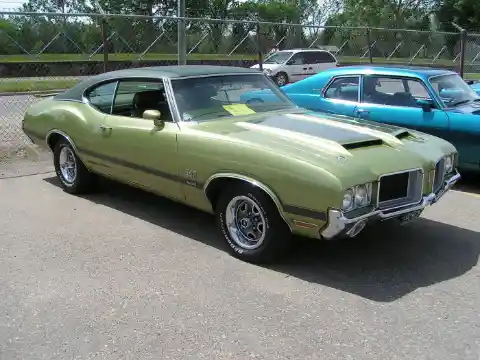
Ford Mustang II Ghia
After cutting down the weight and size of the star Mustang, Ford turned to the Ford Mustang II Ghia. Contrary to its predecessor, it came high on weight. However, it could not walk the talk and retain its charm. Its pathetic shape couldn’t go ahead to add another star in the Mustang edition. Not just that, it also got off the line with slow pace and power pick up. Its look and design also went wrong and could not win bubbling hearts around the market.
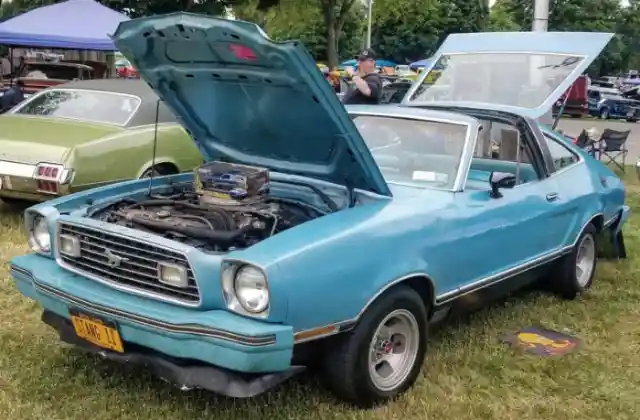
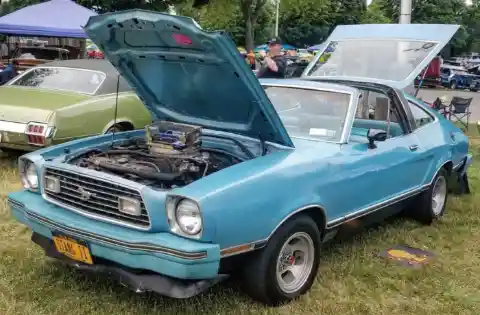
1975 Chevrolet Corvette
No doubt, Chevrolet Corvette was a big name in the muscle car domain. But by the time it reached the 1970s, it got in a tailspin with its then model. Retaining its charming looks, it gave up the big-block motor. After that, it was having only a 165-horsepower small-block V8, and broke away from the glory of its predecessors that delivered both on look and power. Eventually, it declared the bottom performance of the erstwhile much-celebrated Chevrolet Corvette series.


1982 Chevrolet Camaro
The 1982 Chevrolet Camaro came in floating with its 5.0-liter motor that could scarcely put up the power of 200 horsepower. Not just that, it also drew the ire with its pathetically slow power pick-up. It could attain the mark of 60 in 20 seconds. Despite its iconic look and build, it could not withstand the whirls of time in the car market. It continues to disappoint muscle car hearts even today and lends Chevrolet Camaro’s timeline a gloomy touch.
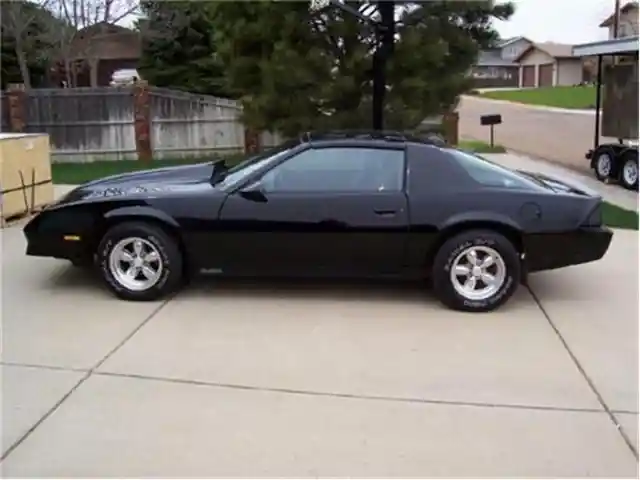
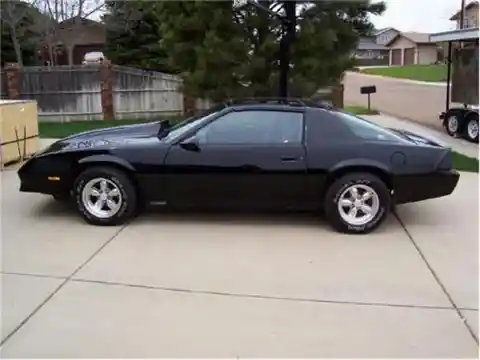
1983-1987 Dodge Charger
Dodge came up with a faltered show by launching the 1983-1987 Dodge Charger. Experimenting for the name, it took a turn away from the rear-wheel-drive platforms. It moved to the L-platform that ended up shaping its worst facet. Aiming at producing a cheap front-wheel-drive hatchback, it offered it with four-cylinder motor options. It even tried to improve by having 175-horsepower turbocharged engine by Carroll Shelby. However, it ended up striking the bottom of Dodge’s legacy in the domain with the worst bits on board.
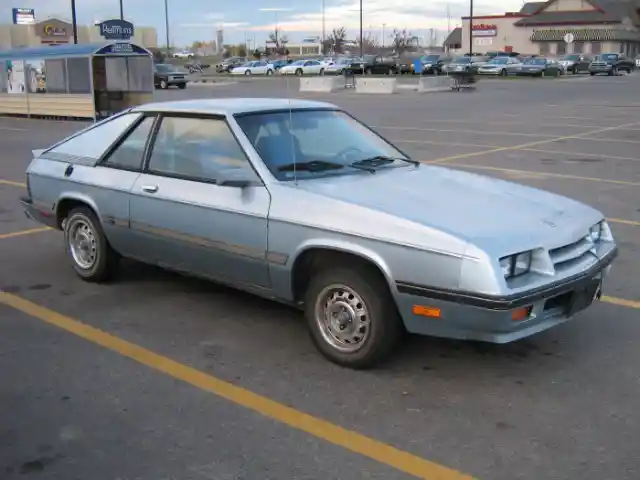
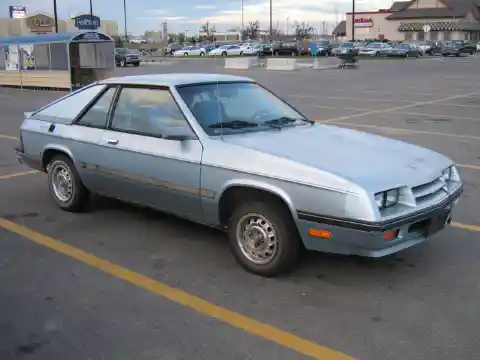
Pontiac Grand Prix 2+2
Pontiac tried to get the best favoring the speed handling with Pontiac Grand Prix 2+2. But going that way, it forgot to focus on the bits that could facilitate a thrilling speed. Coming with a streamlined nose and an aerodynamic rear window, it strived to work out its high-speed stability. However, its 150-horsepower motor couldn’t bring in the required power to help with speed cravings. Its extra-modern look also couldn’t keep its connection intact to the standard Grand Prix. Thus, it couldn’t make the magic work and ended up being a disaster.
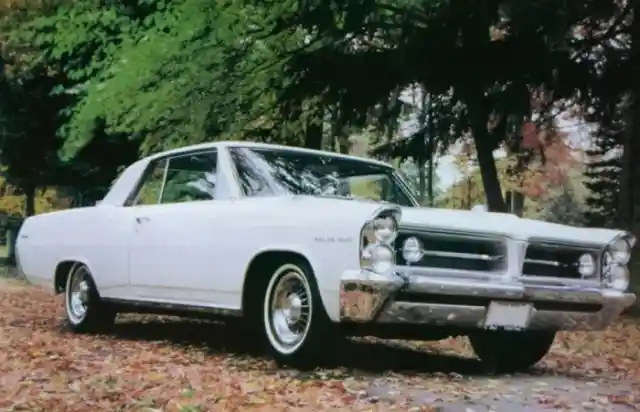

2004-2005 Chevrolet Impala SS
Taking a cut at the redundant full-size GM platform, Chevrolet came up with a front-wheel-drive platform with 2004-2005 Chevrolet Impala SS. Taking after a Lumina shape, it failed to deliver much on its promise in the domain. Coming with a supercharged V6, it got ahead to bring disappointments in the sphere. Putting up a dismaying performance, it did not look up for an upgrade or any other innovative spree. The redundant engine added the worst on the platter. Thus, it couldn’t retain its place in the market sphere for a long period.
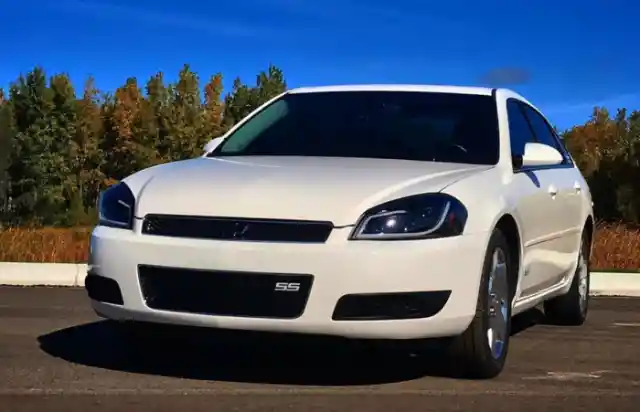
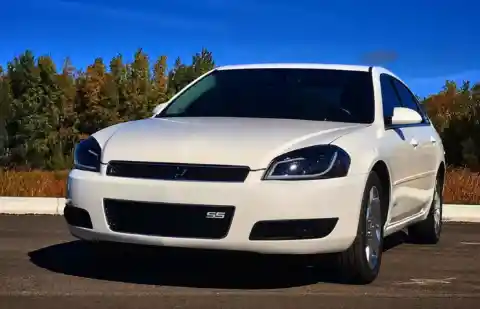
Buick Regal Sport Coupe
Losing out both look and power performance, we have Buick Regal Sport Coupe. Preceding the decent T-Type model, it didn’t possess anything that could go in the making of the iconic show of its successors. Its power performance plunged to the level that of the V8s. It couldn’t keep pace with its harsh maintenance needs. Not just that, it also didn’t possess any killing looks and build. Probably, it was its failure that nudged the brand to come up with some good and reliable works in the muscle-car domain in future.

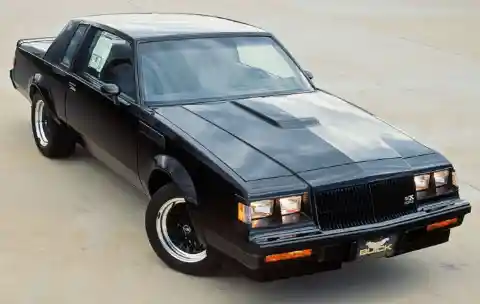
Dodge Magnum
A weighty issue that smothered look and charm was Dodge Magnum. Taking a turn away from the usual muscle car look, it came with a rear-wheel drive to make strides in that direction. However, its heaviness played the spoiler and marred its show. Despite having a 5.9-L V8 Hemi engine, it couldn’t keep pace with the speed wish of the driver. The performance station wagon further slowed down its run in the muscle car domain. Thus, it ended up with the worst bits making its weak case.

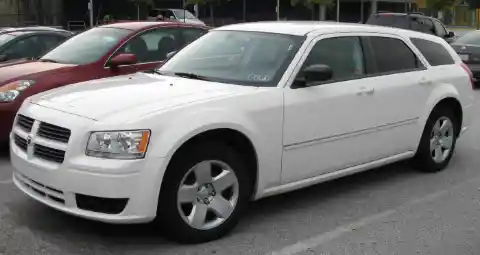
AMC Hornet AMX
AMC contested for another fiddle in the form of AMC Hornet AMX. Based on Javelin, it shaped AMX as a high-performance coupe with iconic looks and engine options. However, the change of time demanded a change in its platform. It grabbed the Hornet option with an optional V8. Its 5.0-liter motor couldn’t support anything more than 120 horsepower. Thus, its low power performance couldn’t catch the line in the domain. It could hardly strike a note with the original car of the series.
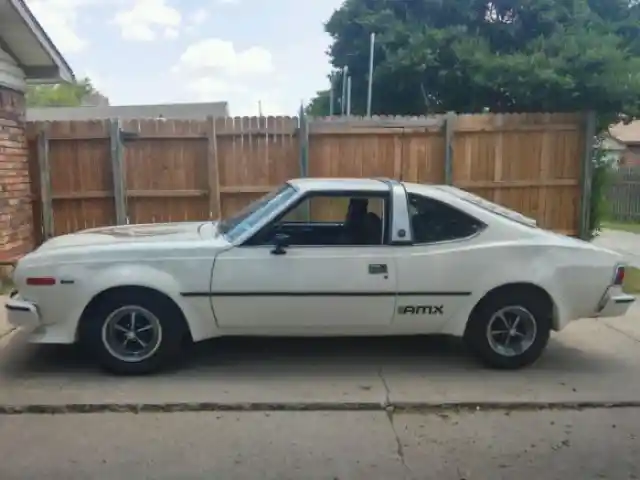
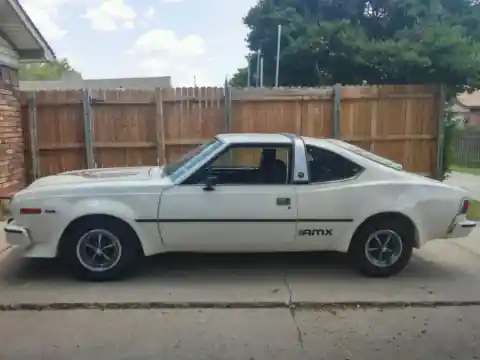
1974 Chevrolet Nova SS
Chevrolet Nova SS got in the market scene as an alternative to the hatchback trend. It made waves with big-block power and performance suspension initially. However, the 1974 Chevrolet Nova SS came as an inhibitor in the glory. It shifted the gears from performance to appearance. It tried to create a new space with a blacked-out grille and a few SS badges but failed. By not having any upgrades and a high-performance motor, things further went downhill. Thus, it ended up as an appearance without having much to offer in the performance domain.
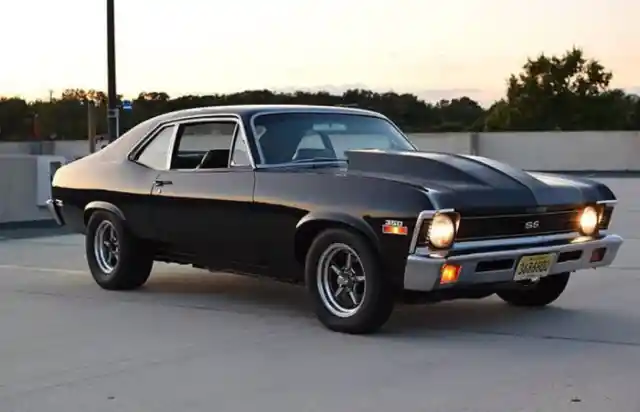
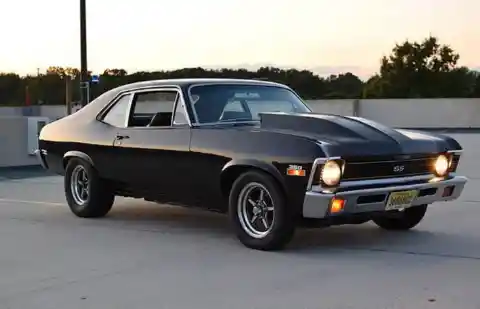
1978-1983 Dodge Challenger
To preempt the original Dodge Challenger from taking up the badge of a flop, Dodge pulled it off the market in 1974. It tried to improve on that by having the 1978-1983 Dodge Challenger in the domain. However, to its dismay, it couldn’t revive the old charm and turned into a failure. Its insipid look acted only as a contributor to its weak case in the domain. It came with two four-cylinder motors but only one of them could produce a power of 100 horsepower. The terrible muscle car finally faded.
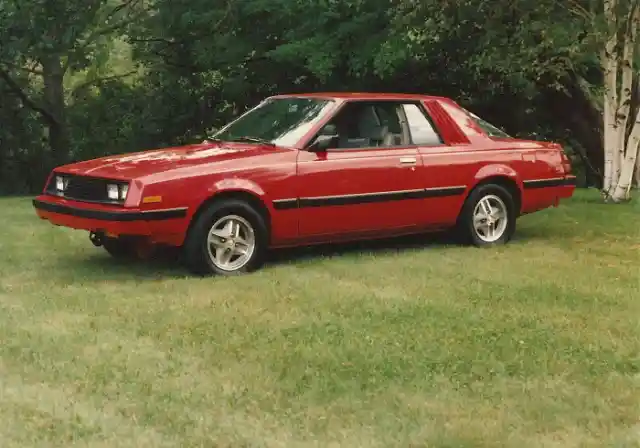
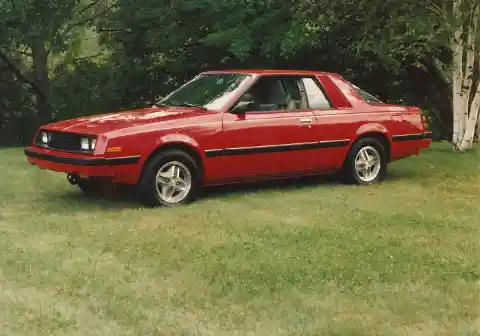
1977-1979 Mercury Cougar XR7
Heaviness crippled in and brought the Mercury Cougar XR7 charm to a low with the 1977-1979 Mercury Cougar XR7. The second generation of the name caused trouble by gaining a lot of weight by cutting down its sleek styling. It evolved to leave its coupe-only model and take up sedan and wagon versions. To make matter worse, it put on XR7 badges despite having no performance and appearance of the original star models. Thus, it could not match the original tones in any possible manner.
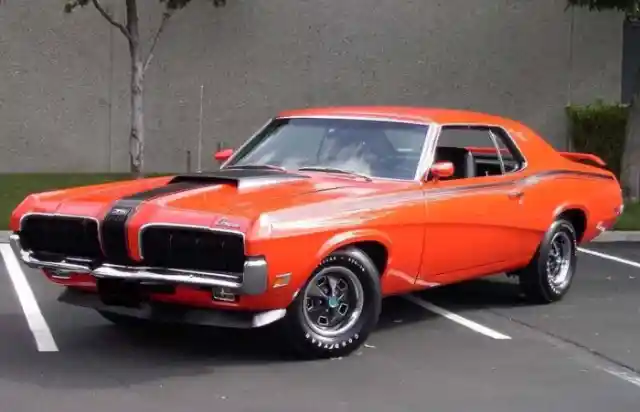
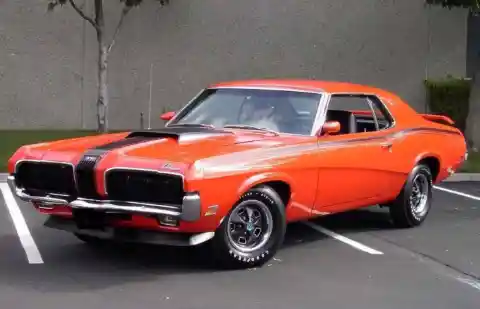
1979 Ford Mustang
Before gaining momentum in the domain, Ford Mustang had begun as a beleaguered player. The 1979 Ford Mustang landed in the domain as a square-box car with an insipid design, build and looks. It also lost on performance with the 5.0 V8 that could only spring up a power of 140 horsepower. Thus, it couldn’t keep the race alive with the other thunderous bits in the domain. Its slower pace went a long way in dragging its case in the market sphere to a great extent.
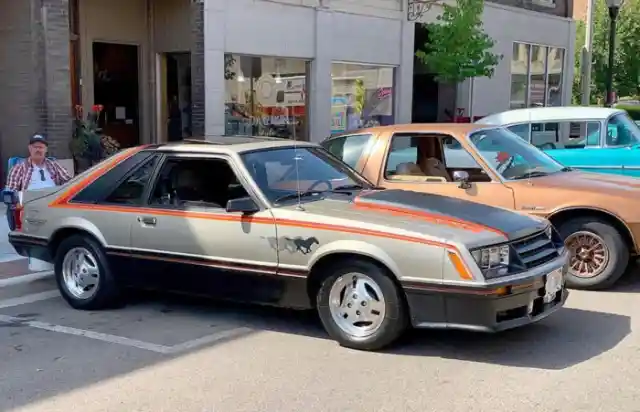
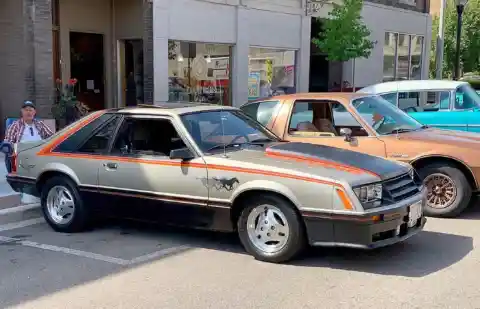
2006-10 Dodge Charger SE
Dodge Charger SE was another dismaying performance in the muscle car world. To make way for disappointments, its standard models came with 2.7-liter V6 that could only churn up 190 horsepower. Adding to the worst facet, it came with a four-speed automatic to run its matters. Thus, its motor and performance begot its pathetic show on the scene for muscle-car lovers. Its successors learnt the lesson with its troubling debacle and gave up on weak elements. Hence, it came up as a learning experience.
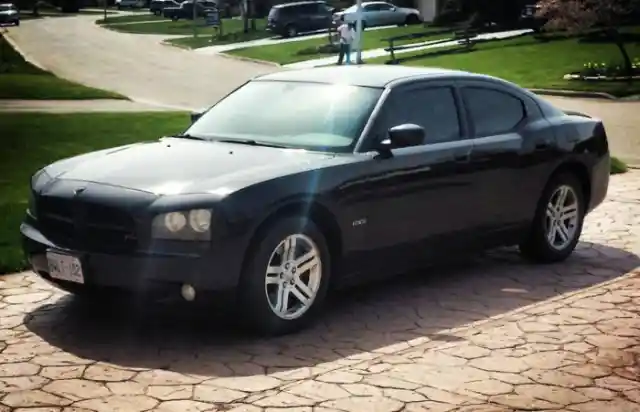
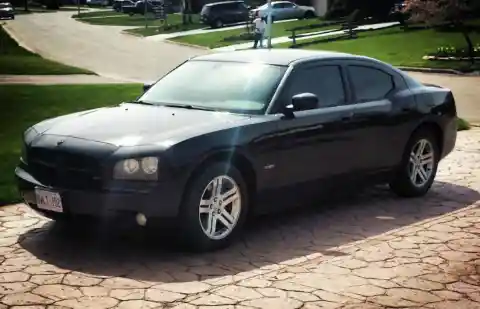
Chevrolet Monza
The Chevrolet small-block series also had its worst time with Chevrolet Monza. It came with a V8 motor and a five-speed manual in its performance Spyder trim. As a result, it could not satiate the power needs for its low power performance. However, that was not an end to its troubling waters. It vitiated its case further by dropping V8 and came with an Iron Duke four-cylinder and a V6. Thus, it was no wonder it saw the end with its deteriorating performance.
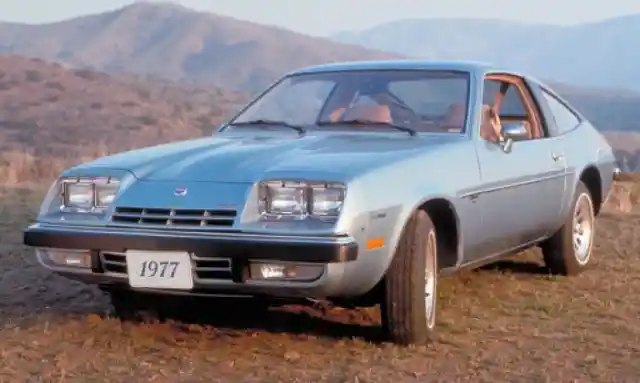
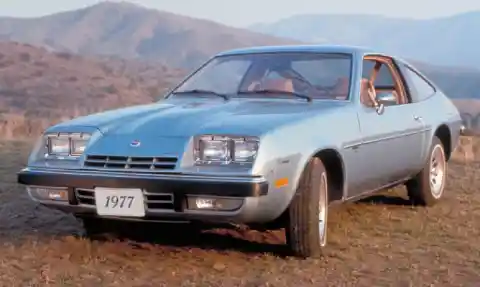
1996-1998 Ford Mustang
Another gloomy bit in the star-studded string of the Ford Mustang series is the 1996-1998 Ford Mustang that reached the bottom with its 4.6-liter Modular V8 in 1996 in place of the usual 5.0 V8. Being smaller in its power capacity, it couldn’t meet the expectations. Coming with a single-overhead-cam design, it lost the ground on the other important count. Apart from that, retro-style lines flowing down in bits and parts worsen its case in the domain. Thus, it was a notable failure in the Mustang domain.
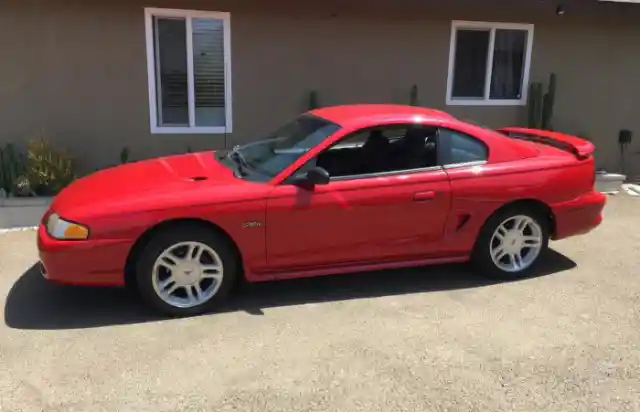
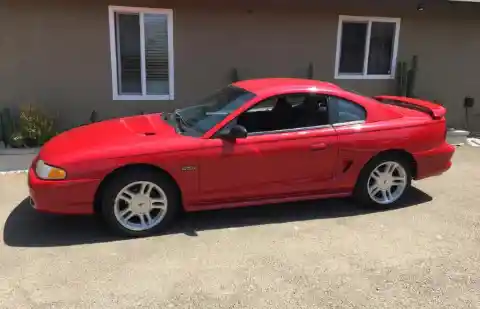
2010 Ford Mustang
Adding updates to its fifth-generation model, Ford came up with the 2010 Ford Mustang. Coming with a blend of modern and retro hues, it retained its charm in the appearance part. However, it couldn’t hold on to its performance with the option of either a 4.0-liter V6 or 4.6-liter V8. Thus, Ford Mustang saw its case dropping a low with the 2010 model in the domain. Hence, it made another failure streak in the Mustang domain for its lovers.
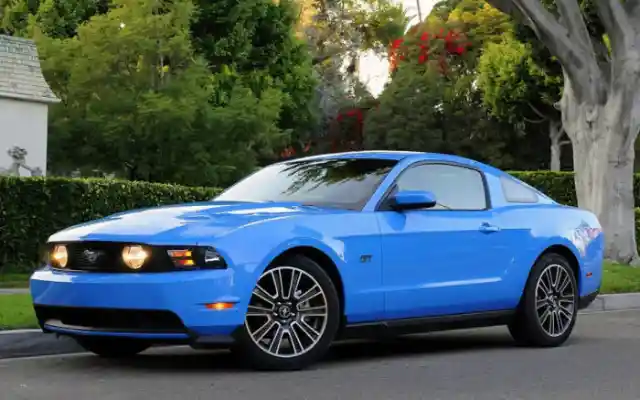
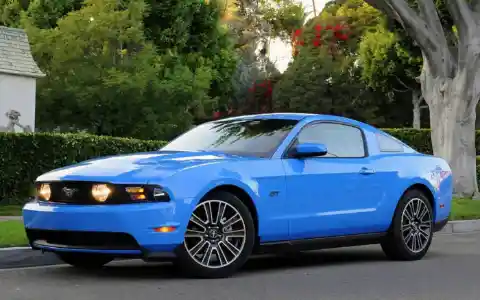
1971 Ford Pinto
The 1971 Ford Pinto is on the list but it wasn’t a failure at its launch. Its look and design made it stand out. However, it ended up earning its notorious name for its volatile nature. Allegations rose against its faulty fuel tank design. It supported the possibilities of ending up in flames when rear-ended. Apart from that, it also performed badly with its low power output capacity of 75 horsepower. Owing to its tinged reputation, it ended up featuring in different worst car lists.
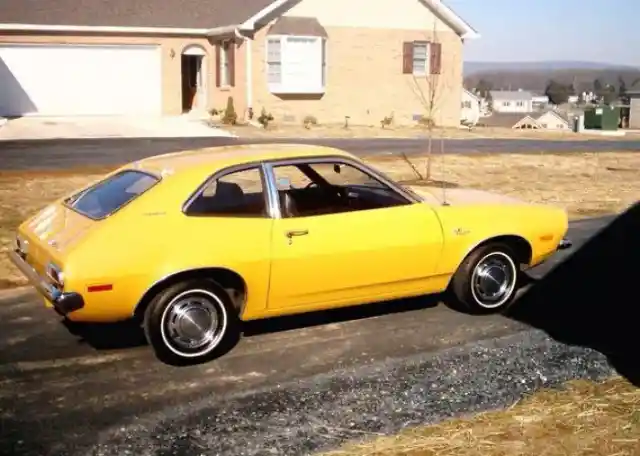
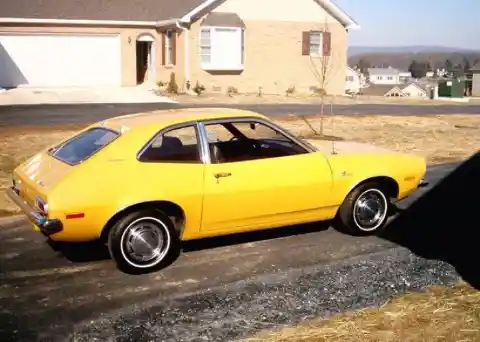
1974 Pontiac Ventura
Putting the goal of a standard muscle car at its center, Pontiac came out with a fiddle on the ground with the 1974 Pontiac Ventura. Donning the tag of a GTO, it pushed the speed expectations of buyers to a new high. However, it couldn’t deliver them. It could accelerate to 60 mph in more than 7 seconds, which was higher than that of the 1969 Pontiac Firebird Trans Am 400. Adding to that, the prevailing fuel crisis in the economy caused its sales began to drop and hit a bottom.

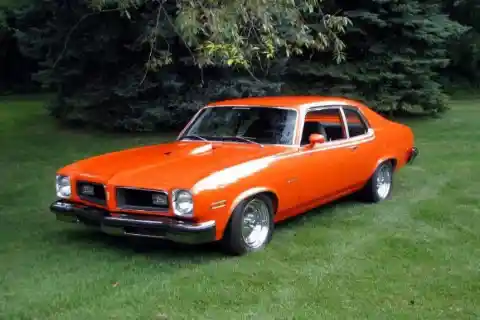
1977 Chevy Monza Mirage
Bubbling sans innovation, the 1977 Chevy Monza Mirage was another flop name in the domain. Its insipid design and look couldn’t make it to the stars in the domain. Not just that, its features also didn’t offer any thrilling bit to entice muscle car buyers on the other end. Contrary to the Mirage model, it was an utter disaster on the field. Apart from that, it could only provide a maximum of 145 horsepower. Thus, the muscle car lovers began to look down upon its case.
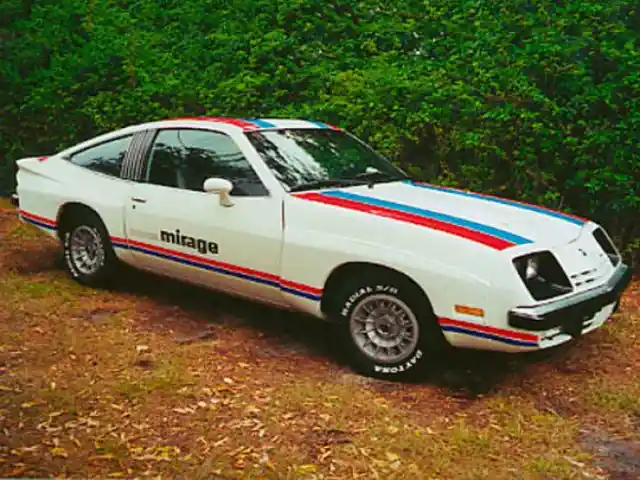
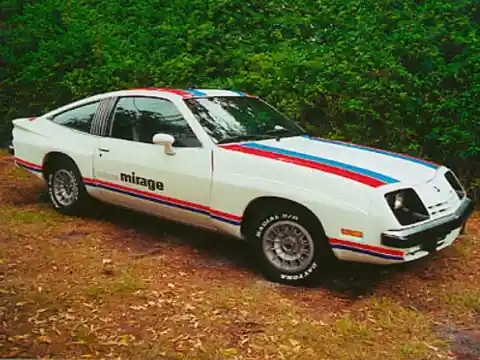
1982 Chevy Camaro Iron Duke
Looking forward to serving an experimented bit, Chevrolet came up with the 1982 Chevy Camaro Iron Duke. It launched the name as the first four-cylinder Camaro. However, its slow pace and performance brought shame to the name. Its 2.5-liter four-cylinder engine couldn’t churn out 92 hp. It could hit the mark of 60 in around 20 seconds. Its dampening look also brought its case down in the market scene. Thus, it is no surprise to find them plunging into the domain with its not so thrilling features and bits.
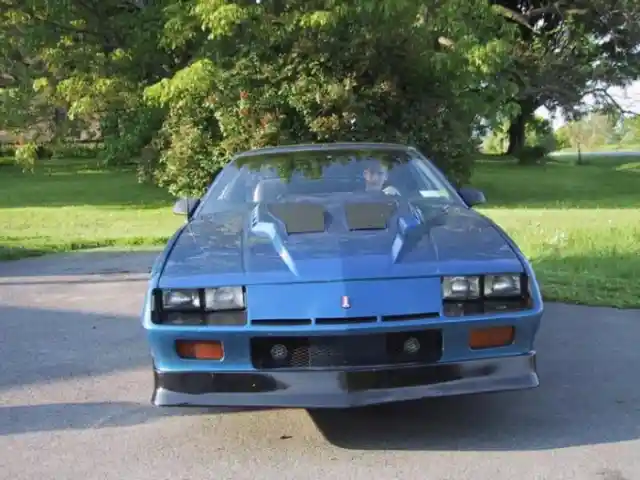
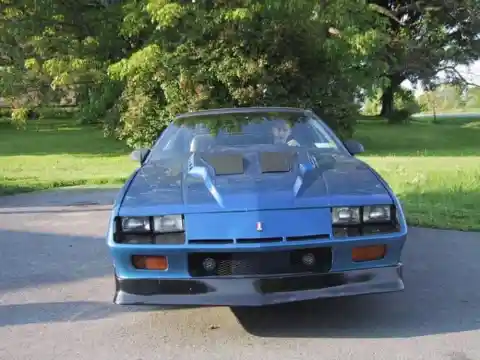
1980 Ford Mustang
There is another Mustang name that failed to carve out the much-expected magic in the domain. The 1980 Ford Mustang couldn’t carry forward its legacy. Its 2.3-liter four-cylinder couldn’t help it savor the needs and preferences of the time. Not just that, it could spin out 88 horsepower that was not a match in the car domain. The 119 pound-feet of torque was another disappointing bit. Its lusterless notchback pushed its case further down for the muscle car lovers.
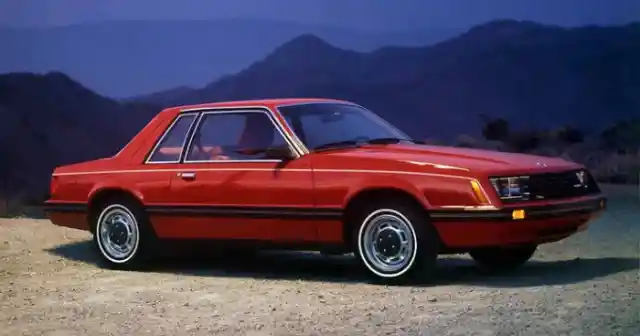
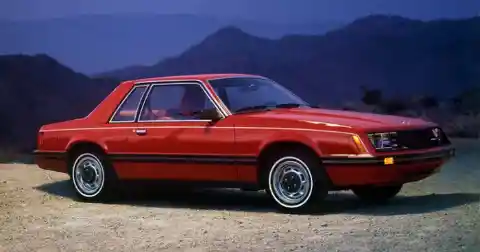
1980 Mercury Capri RS
Another name that couldn’t pace up with the towering expectations is the 1980 Mercury Capri RS. The muscle car came as a blow for the muscle car lovers bubbling around. Its 2.3 liter, turbocharged engine managed to thrill the speed fanatics on the other end. However, it could not produce anything more than disappointing 88 horsepower. Not just that, it gave way to its slow pace with the maximum pace striking at 99 miles per hour. Thus, its fame dwindled in the market scene.
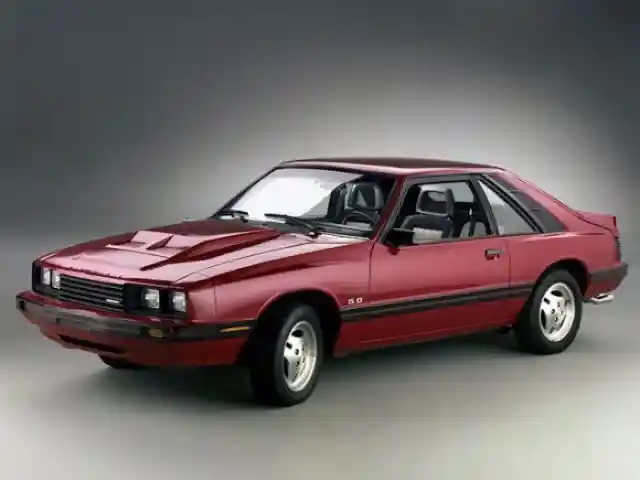
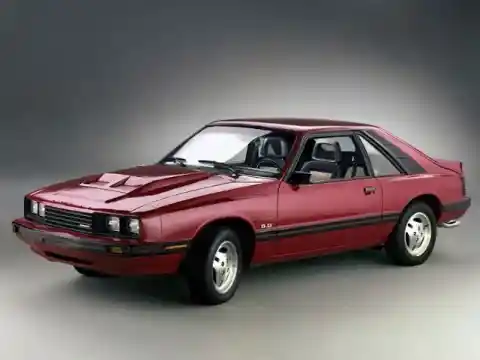
1984 Mercury Cougar XR7
The 1984 Mercury Cougar XR7 was no magic churning name for the speed lovers bubbling in the domain. The boxy muscle car was there to entice grandmas looking for a thrilling ride. However, it dropped off its target and fell flat in the domain. Its faltering build and look could not push the dead case in the market domain. Thus, the muscle car buyers could not help but put down the thought of its purchase for other decent performance around them.
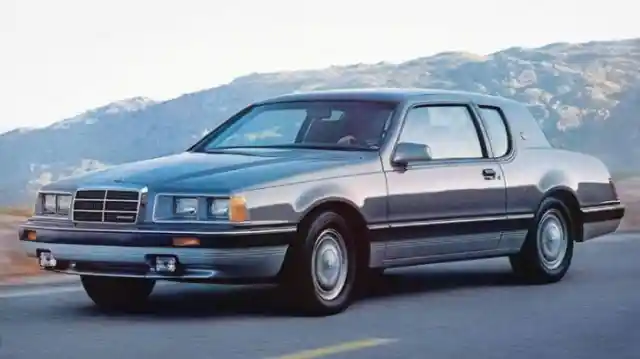
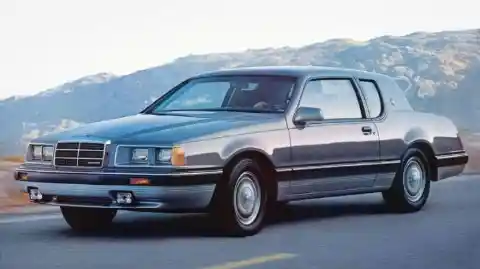
1996 Ford Thunderbird LX
Vitiating Thunderbird’s stand in the market, Ford came up as a failure with the 1996 Ford Thunderbird LX. Giving up on the reliable Super Coupe trim and its powerful supercharged V6 engine, it took a devastating turn. It ended up with a muscle car supporting either a 3.8-liter V6 that could make 140 hp or a V8 that could make 205 hp. Adding to that, its pathetic look and disappointing build contributed to its worsening case in the market domain. Thus, it sprang up as a full-fledged fiddle.
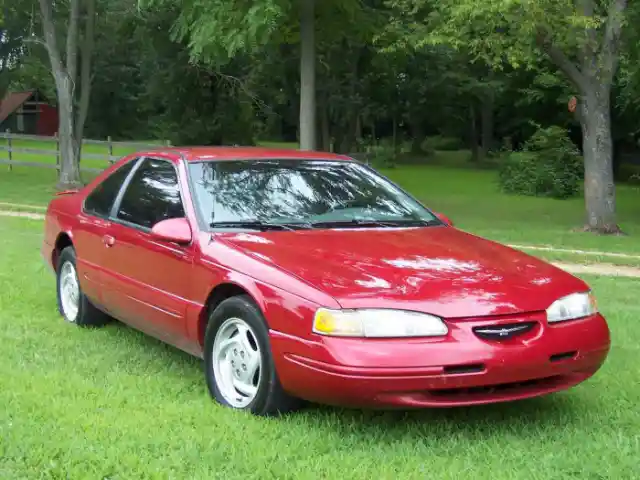
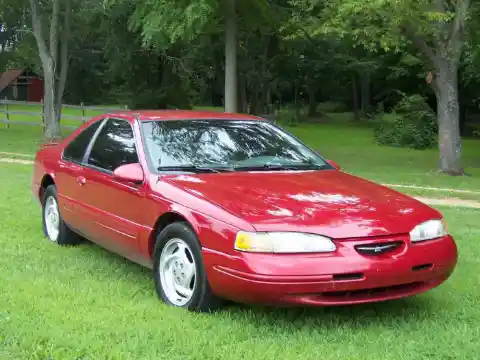
1968-72 Chevy El Camino SS 454
Chevrolet ended up with another failure with the 1968-72 Chevy El Camino SS 454. Getting up with a disappointing look and build, it failed to impress the drivers. Its real problem emerged from the power arrangement featuring in its case. It came with the big block 454-cubic-inch LS6 V8 that could produce a much-desired 365 horsepower. However, that went back to power the rear wheels. Thus, it was no less than a disappointing show for the muscle car lovers thriving around.
